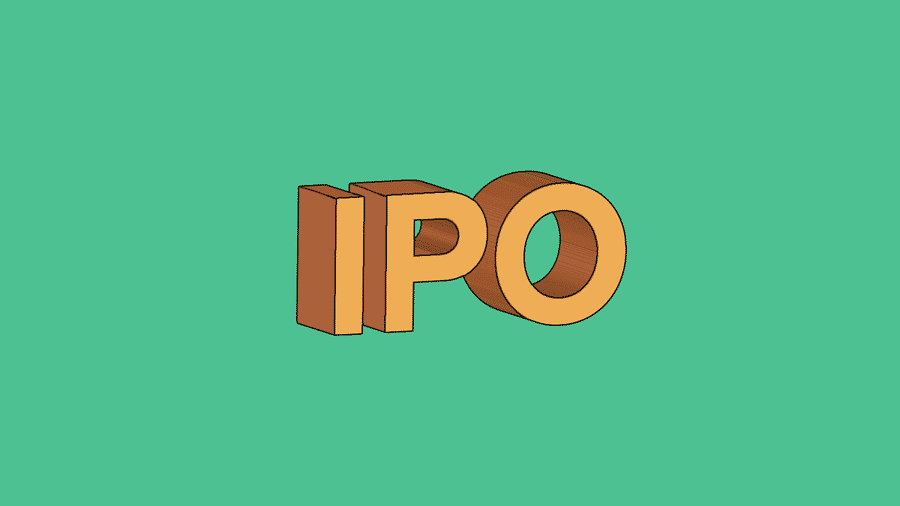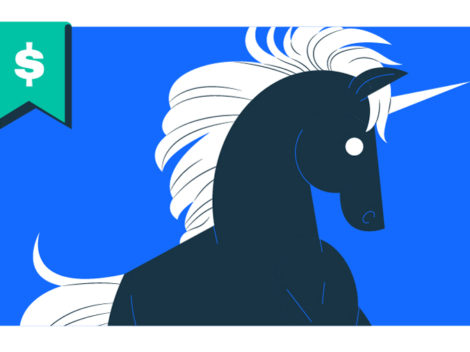While the recent IPOs of Airbnb, DoorDash and C3.ai have illustrated the heat in the public markets for tech stocks, they also raise questions about how initial public offerings are priced.
Subscribe to the Crunchbase Daily
All three saw significant “pops” — jumps in stock price — in their first day of trading. While that may make those who were able to secure shares excited, it also can mean the companies themselves left hundreds of millions of dollars — or billions in the case of Airbnb and DoorDash — on the table.
The first-day pop phenomenon also seems to have given cold feet to other tech companies eyeing the public market, with both Roblox and Affirm reportedly re-evaluating and/or delaying their offerings scheduled for this month.
“Pricing an IPO is more of an art than a science,” said Ran Ben-Tzur, a partner at law firm Fenwick & West.
For an IPO, underwriters are hired to help with book building — figuring out a price where large institutional investors are interested — and management meets with those investors to try to sell them on the company during a roadshow. Banks look at fundamentals, figure out ranges where institutional players such as Fidelity and T. Rowe Price will invest and, with the company’s input, figure out a price.
The numbers
However, last week showed that investors seemed far hungrier than some thought.
DoorDash and C3.ai went public on Dec. 9. DoorDash priced its shares at $102, raising a total of $3.37 billion. However, shares closed that day at $189.51 and closed Tuesday at $159.89. If shares had been priced at Tuesday’s close, the company would have raised $5.24 billion — a difference of about $1.87 billion.
Artificial intelligence software developer C3 priced its shares at $42, raising a total of $651 million. Its shares closed at $92.49 and closed Tuesday at $102. If shares had been priced at Tuesday’s close, the company would have raised $1.58 billion — a difference of about $929 million.
The following day — Dec. 10 — Airbnb went public at $68 a share, raising $3.5 billion. Shares of the rental home and hotel giant closed that day at $144.71 and closed Tuesday at $124.80. If shares had been priced at Tuesday’s close, the company would have raised $6.24 billion — a difference of about $2.74 billion.
While those numbers suggest money left behind by the company, it also is important to remember it’s “theoretical money,” said Ben-Tzur.
Underwriters find a range where institutional investors want to invest. If the price goes beyond what those investors are willing to pay, the company could lose out on those types of long-term investors who will not short the company, he said.
“Obviously they’re happy, the price going up is great,” Frederik Mijnhardt, COO of equity advising startup Secfi, said of the large first-day trading pops. “But the downside is really that they had external investors come in that were able to buy stock at a lower price. And this is the complexity of dilution.”
For current investors, the first-day stock surge means they could’ve given up a smaller percentage of the company for the same price.
Dramatic pops can also pose other issues, said Ben-Tzur, estimating a healthy pop may be in the 15 percent to 20 percent range. A dramatic price hike can result in a company trying to justify those prices, shooting for earnings that may prove unattainable.
Nevertheless, the IPO process usually is positive for a company as it offers it a chance to give employees and investors liquidity while also pushing its name.
“For many companies, an IPO can be a huge marketing event and even validation,” Ben-Tzur said.
Why the pops?
Although tech companies may not be sweating the recent IPO jumps in price, the phenomenon does lead some to wonder if there is a disconnect between the market and how pricing is done.
Don Butler, managing director of Thomvest Ventures, said he theorizes that while underwriters are analyzing the appetite for these stocks from large institutional investors they may not be getting a full view of the marketplace.
“I think these companies are getting momentum and retail investor interest that is not being factored into the stock price,” he said.
Butler said he has even seen signs of momentum investors — those who invest based on an existing market trend continuing — getting more into the private-venture capital markets.
“I think there may not be a lot of socialization with retail and momentum investors when doing these offerings,” he said.
Ben-Tzur said while those types of investors do not have access to shares at the initial IPO price, they could very well be helping the price jump after the shares start trading on the first day, especially as investing in equities has become increasingly popular through new technologies.
Despite the argument companies recently have left money on the table, Ben-Tzur said he still expects an active first half of next year in the IPO market, especially as flexibility has grown concerning lockup periods for stocks and increased usage of priced-based releases.
And even if some dollars fall by the wayside, there are worse outcomes.
“I think companies are more concerned when their stock goes down,” Ben-Tzur said.
— Crunchbase News reporter Sophia Kunthara contributed to this article.
Illustration: Li-Anne Dias.

Stay up to date with recent funding rounds, acquisitions, and more with the Crunchbase Daily.








67.1K Followers